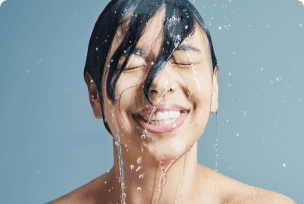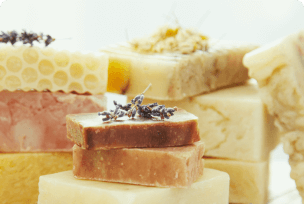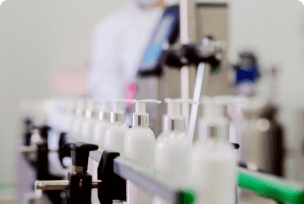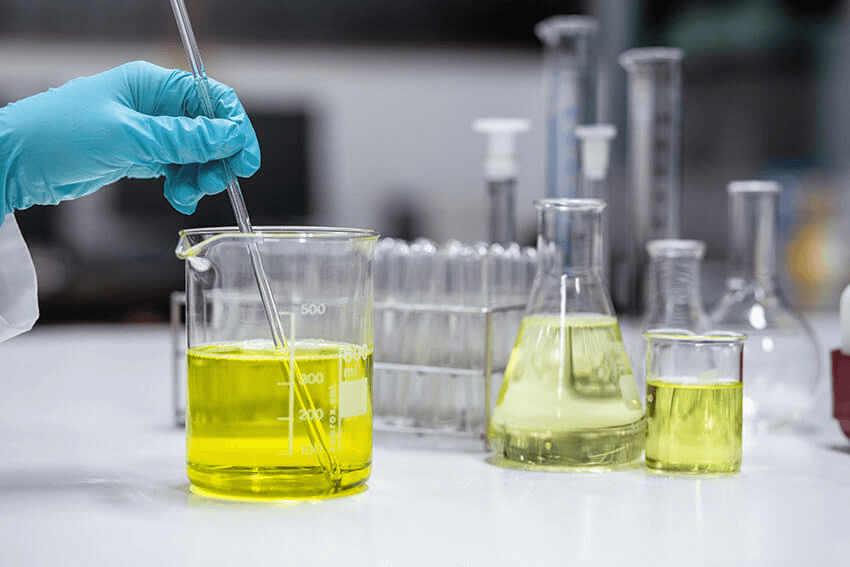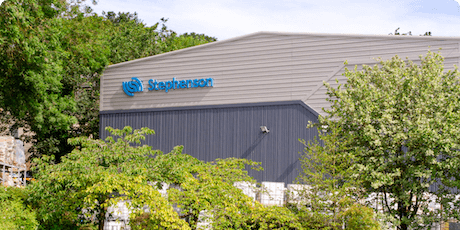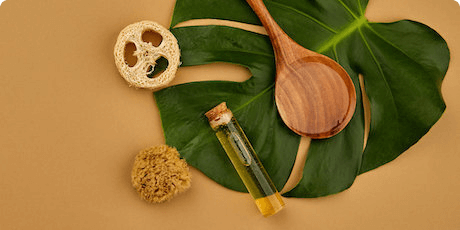![5 Key Trends in Cosmetics & Personal Care [INFOGRAPHIC]](https://www.stephensonpersonalcare.com/glide_assets/http/legacy/admin/resources/pic2.jpg/dd3be54b066f529de826cdb4f06ac24a.jpeg)

1) Male Grooming
From face creams and hair gels to luxury barbering and even hair removal – male grooming is continuing to rise. In fact, between Q4 2015 and Q1 2016, the number of haircare products aimed at men rose by 200% (Mintel). This is most likely influenced by recent celebrity fashion trends for longer length hair and large quiffs which require styling products to maintain, and more innovative products which focus on styling and maintaining facial hair are growing in popularity (EuroMonitor).
 Image Credits: FashionBeans.com
Image Credits: FashionBeans.com
"The ‘hipster beard trend’ has grown steadily over the last decade, reaching a peak as a mainstream fashion trend in 2014 and has continued as a 2016 trend, although more recently in favour of a more ‘groomed’ appearance. Combined with a more casual approach to facial hair in the workplace, there has been a significant decline in men’s shaving products, in favour of facial grooming and beard styling products." Agne Roke - Digital Communications Manager
 Image Credits: Joel Alexander photography
Image Credits: Joel Alexander photography
 Image Credits: BeardPictures.com
Image Credits: BeardPictures.com
"Facial hair is still on trend: The 'hipster' beard is falling in popularity whilst 'groomed' beards are on the rise"
So what are the top Growing Claims in male grooming?
- For Sensitive Skin
- Cleansing
- Vitamin/Mineral Fortified
- Time/Speed
- Moisturising/Hydrating
"Within skin care, anti-agers and night creams have gained ground; indicating men’s growing concerns about maintaining a youthful appearance; and within bath/body products, men are switching to multi-benefit 2-in-1 or 3-in-1 products which serve as a shampoo as well as a body wash."(EuroMonitor)
2) ‘Food for the skin’
The saying goes, “it’s what’s on the inside that counts”. Across regions, consumers, especially female consumers, seem to be aware of the effects of diet on their skin. This link between nutrition and skincare will benefit functional beauty foods and beverages (Mintel).
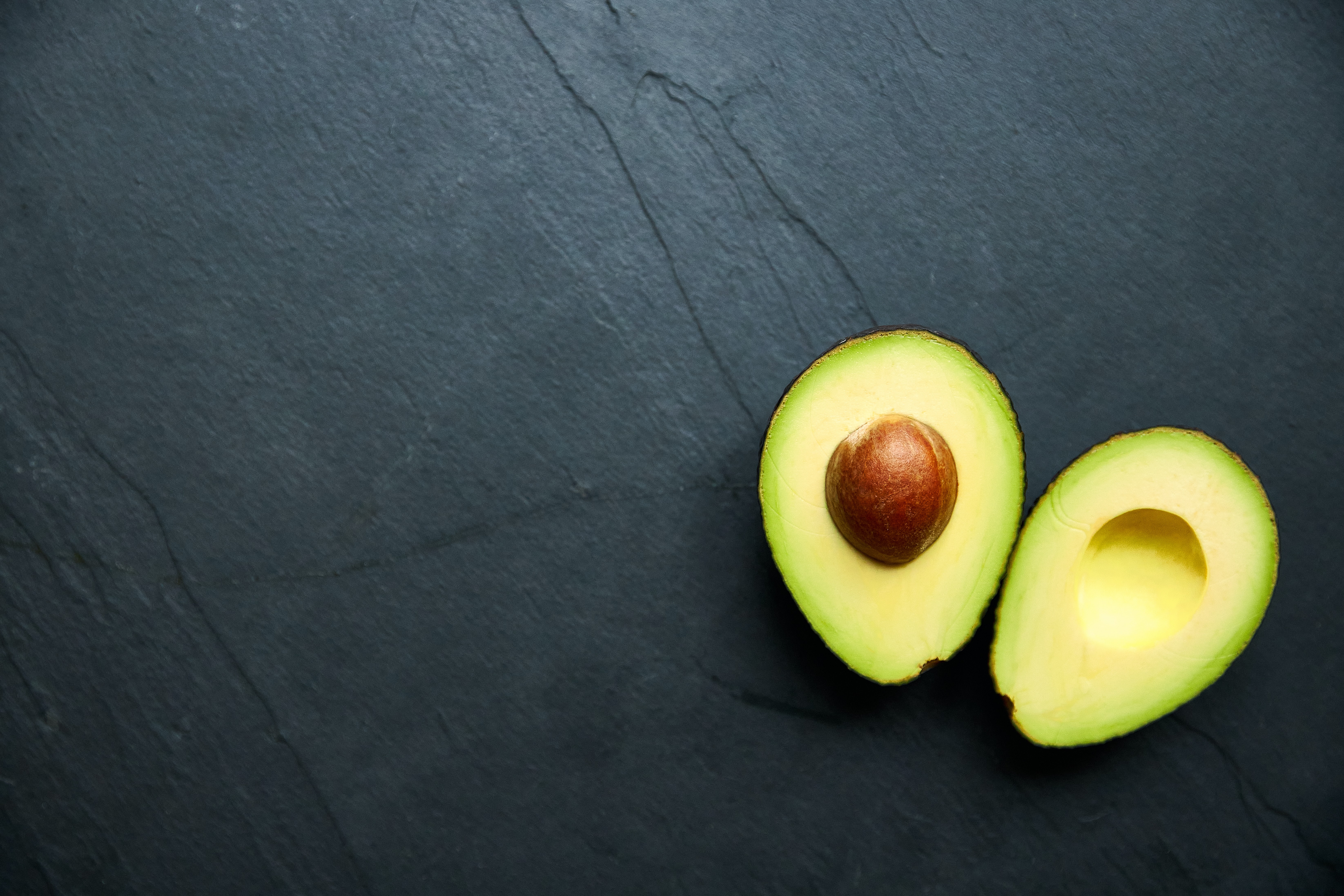 Image Creds: Photo by Dirk Ribbler on Unsplash
Image Creds: Photo by Dirk Ribbler on Unsplash
"Consumers are seeking products which boast benefits normally associated with nutrition – so we’re seeing more product launches which contain vitamins, minerals, anti-oxidants and even probiotics" - Agne Roke, Digital Communications Manager
Although the ‘beauty-from-within’ trend is most popular in Asia, consumers in the West are now also starting to appreciate the role that diet plays in skin health and appearance, indicating the potential for beauty foods to tap into this concept.
For example, Beauty Chef is an Australian organic brand founded by Carla Oates, a naturopath and author. Based on the philosophy that “beauty starts in the belly” the range includes inner and outer beauty products that contain bio-fermented ingredients and pre and probiotics. They are said to work closely with the body’s biorhythms to create healthy, radiant skin.
3) Natural and Organic
The natural and organic cosmetics market is an 11 billion $ industry – with the USA remaining the leading market, followed closely by Germany, according to Organic Monitor. When it comes to cosmetics, US consumers are looking for products that are natural and/or organic, and that are gentle and safe for their skin:
- 42% look for natural ingredients
- 62% dermatologically tested
- 51% for sensitive skin
- 32% certified organic
Ingredient trends show an increase in the traceability required, with local sourcing being a focus for brands wanting to lower their carbon footprints and make sustainability claims, alongside the general rise in ethical consumerism. (Organic Monitor)
4) Hand crafted beauty products & DIY Cosmetics
Interest in natural ingredients is on the rise as more people dare to roll up their sleeves and get involved in the process of creating beauty products. Consumers want more control over the ingredients used in their beauty products.
For example, Njud is a DIY home cosmetics kit designed to give consumers control over ingredients used in their beauty products.
 Njud
Njud
5) Water = the new luxury?
By 2025, 1.8 billion people will experience absolute water scarcity, and 2/3 of the world will be living under water-stressed conditions. Mintel predicts there will be a rise in ‘water free’ and non-rinse products; and products which consume less water during production. An example is Korean brand Whamisa offers a range of ‘water’-free products using botanical extracts instead of traditional purified water.
 Whamisa
Whamisa
Another example is Italian brand Zuccari, under the Aloevera 2 brand, with ‘Extremely Delicate Aloe Shower Gel’, said to be the “first shower gel in the world formulated without added water”. The water is replaced with pure double-concentrate, non-pasteurised and non-carbon filtered aloe vera juice that is extracted using the “reverse-osmosis” process. It also contains prebiotics and probiotics, is claimed to balance the bacterial flora, and the patented AJDA (hyaluronic acid from aloe), is said to maintain hydration.(Mintel)
"Water is set to become a precious commodity as consumption outstrips supply. The more consumers become aware of this, the more beauty brands will need to change how they manufacture and formulate products to limit their dependence on water. This is a future trend that will have a long impact."

Contact us at Stephenson to help you with your next project or product launch.
References:
- Seminar: Mintel, presentation on ‘Beauty 2025 Mintel BPC Trends’, in-cosmetics Paris, April 13, 2016
- Seminar: Organic Monitor, presentation on ‘Global Market for Natural & Organic Cosmetics’, in-Cosmetics Paris, April 2016
- Report: EuroMonitor, ‘Male Grooming in the UK’, June 2015
- Report: Mintel, ‘Ingredient Insight: beauty from within’, April 2016











